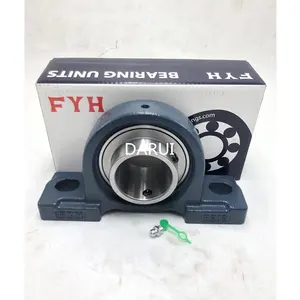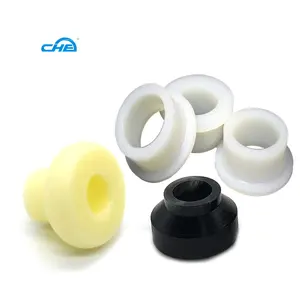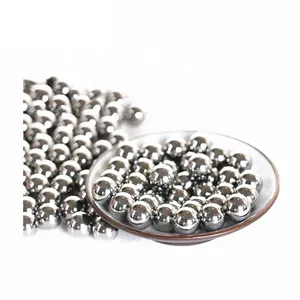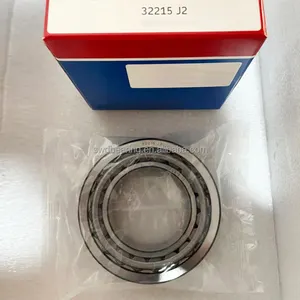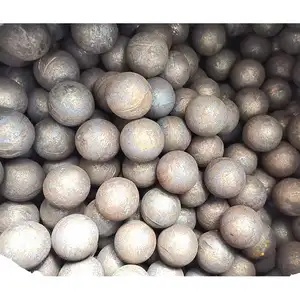Popular in your industry































































Top categories
About brushless motor controller 48v 100a
Introduction to Brushless Motor Controllers
Brushless motor controllers are integral components in modern electronic and industrial applications. A brushless motor controller 48v 100a stands out in this category, designed to manage the operation of motors without the need for physical brushes, leading to enhanced efficiency and longevity.
Understanding the Brushless Motor Controller 48v 100a
The 48v 100a brushless DC motor controller is engineered to handle high power outputs while maintaining precision in motor management. This type of controller is pivotal in applications requiring exact speed regulation and smooth operation, such as in electric vehicles or complex industrial machinery.
Types and Applications
Diverse in application, brushless motor controllers cater to a range of devices. From electric bike motor controllers to intricate industrial machines, the versatility of these controllers is evident. They are particularly crucial in systems where reliability and efficiency are paramount, such as in automated manufacturing lines or renewable energy installations.
Features and Materials
Constructed from robust materials, the 48v brushless motor controller is built to withstand rigorous use. Features often include programmable interfaces, allowing for customization to specific motor needs, and thermal protection to ensure safe operation under high power loads.
Advantages of Using a Brushless Motor Controller
Opting for a brushless DC motor speed controller brings numerous advantages, including reduced maintenance due to the absence of brushes, higher efficiency, and improved performance. These controllers also contribute to the extended lifespan of motors by reducing wear and tear.
Selecting the Right Controller
When integrating a brushless motor speed controller, it is crucial to match the controller's specifications with the motor's requirements. This ensures seamless operation and maximizes the potential of both the motor and controller, leading to optimal performance in the desired application.
